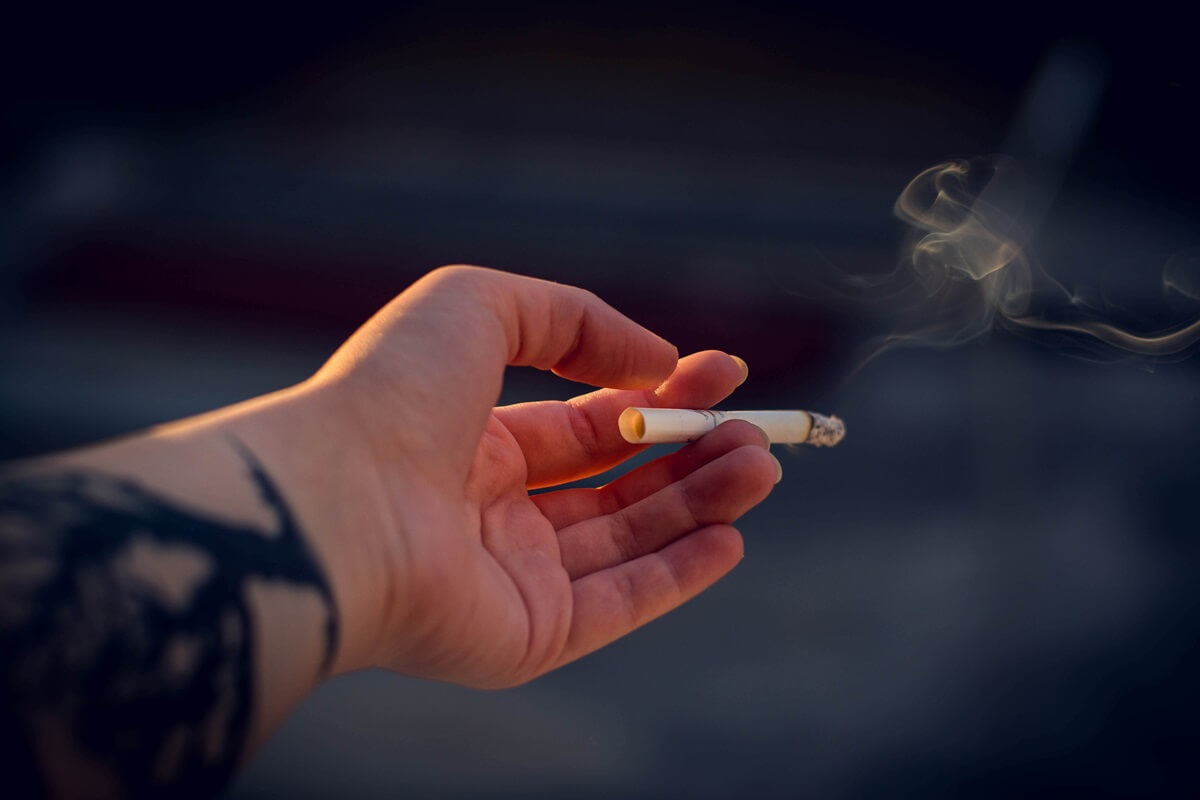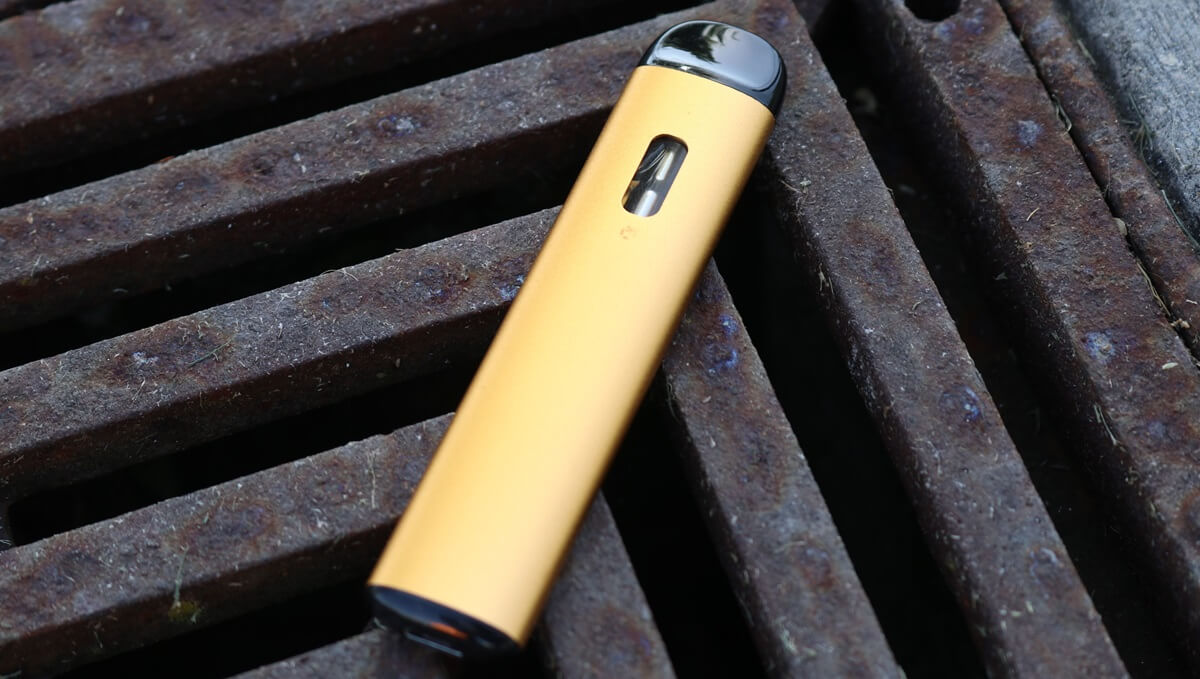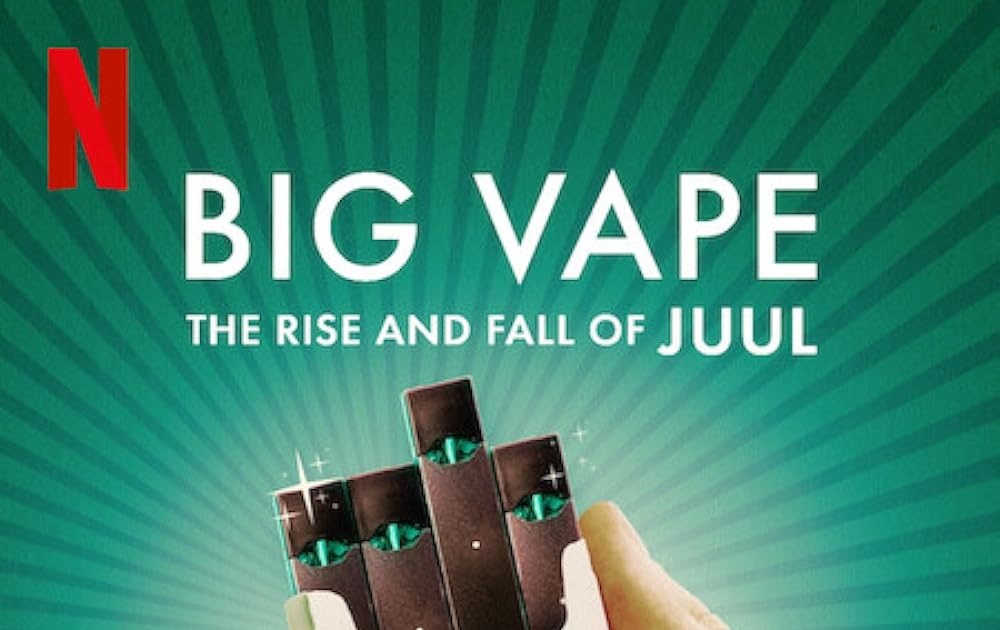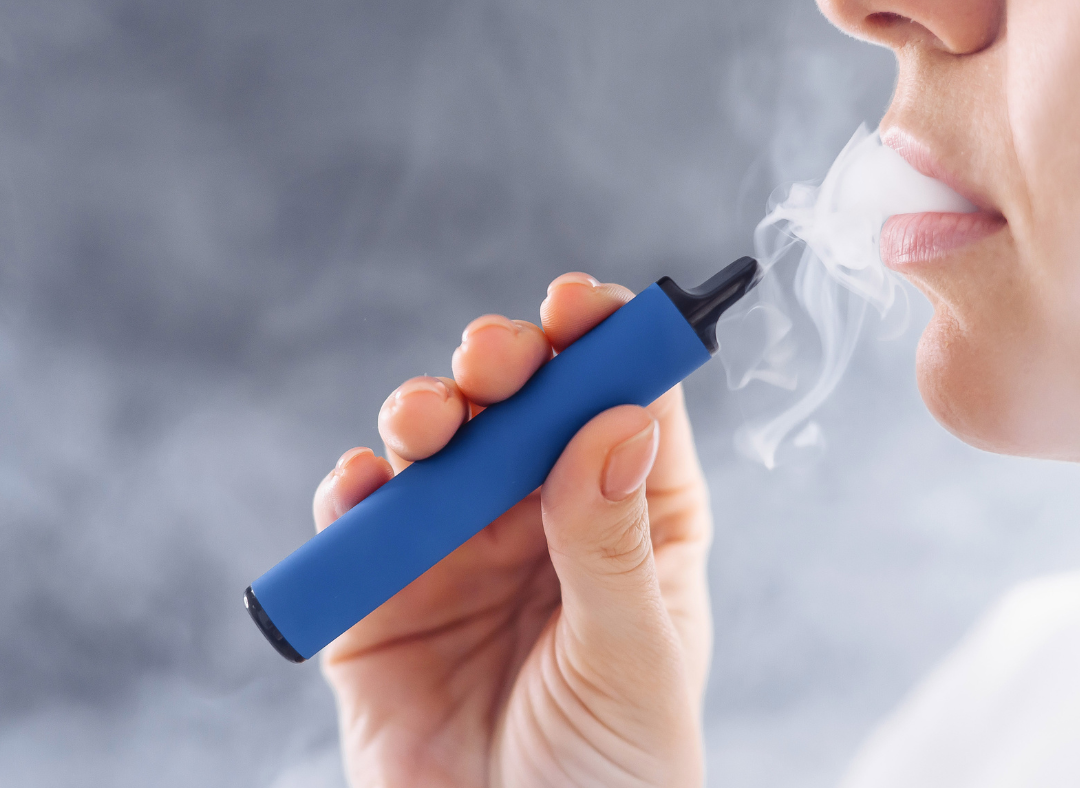With the “Big Vape” documentary streaming on Netflix, we wanted to walk through some of the key topics in the 4 part series and see whether some of these themes are relevant to us here in Australia. Our regulations differ from the United States where JUUL is based, but there are still some scientific learnings and points of interest to pull out that are clearly relevant.
The documentary tells the story of JUUL, from the company’s conception as a university project at Stanford University to its explosive growth, some significant controversies, and its eventual downfall. The story is told through former employees, early vapers, concerned parents, health academics, and regulatory specialists. They all view the company, and vaping as a whole, through very different lenses that create a balanced projection to the viewers about the positive and negative impacts of e-cigarettes. JUUL in particular has been accused and seemingly associated with marketing to young adults, and this was a significant controversy which was detailed in the documentary. Here we will unpack in more detail some of the key topics broached by the series.
Should there be rules on marketing?
JUUL has been accused of advertising to teenagers and young adults. While they repeatedly describe their mission as “saving the lives of the 1 billion adult smokers in the world”, early in their growth they embarked on a lifestyle campaign named “Vaporized”. This campaign aimed to showcase JUUL as a cool and fashionable lifestyle brand. It showed young people having fun and embracing life, surrounded by bright colours with the JUUL device in hand. The early adverts were described as being similar in content to an advert for an iPod – which naturally has an age demographic more akin to youth rather than rugged aging smokers. They also used product giveaways at parties and festivals, as well as targeting influencer marketing to boost their brand awareness.
Whilst this campaign did not run for long it has tarnished the company since, with many parents in particular angry that a company trying to improve the health of older, adult smokers, specifically targeted younger generations with advertising. This made JUUL look like they were trying to get non-smokers addicted to their product, and whether this choice of target was intentional or an oversight, it is still difficult for anyone to defend this position. This raises the question of whether vaping should have similar advertising restrictions to cigarettes, which cannot be advertised at all.
Australia has treated the advertising standards for vaping as similar to those of cigarettes, and pharmaceutical products – no advertising or marketing is allowed. We feel that this is a sensible safety net that protects children and young adults from overt marketing. At the same time, balanced, evidence-based information needs to be available and accessible to smokers who have otherwise been unable to quit.
Can you stop teens from vaping?
The documentary spends a large amount of time exploring the relationship between teens and vaping. It is clear from the evidence that for many years the number of younger people smoking each year has been dropping. It is also clear that in recent data there has been an explosion of vaping in teenagers and young adults. The premise of many in the documentary is that vaping is too easily accessible to young people, with many shops ignoring age restrictions and low penalties for inadequate age enforcement. It is also felt by many in the documentary that children were targeted by vaping companies to boost their profits. It is difficult to clearly see any signs that JUUL was doing this intentionally, however, there can be no doubt that the explosion of JUUL usage in teenagers in the US boosted the company’s profits significantly.
While blame often seems to fall squarely on JUUL’s shoulders, even after their more recent collapse of market share, the number of children vaping in many countries has remained high. Was JUUL the most common product in a trend that would have occurred anyway, or were they responsible? It is very difficult to say. Regardless, the ease of use and access to vapes has a big impact on childhood uptake – and some of the responsibility of this trend has to include some ownership from the government and regulators.
The ability to conceal, the lack of smell, and the speed of use make e-cigarettes very easy to use compared to other regulated products such as cigarettes and alcohol. This is the current argument for banning disposable vapes in favor of refillable ones that have a higher physical and cost barrier to people starting to use them.
Australia is currently clamping down on the illegal black market vapes commonly available under the counter. Disposable vapes such as the branded, and often counterfeit, iGET and HQD devices often don’t state they have nicotine in them. The Federal Health Minister, Mark Butler, recently stated that approximately 90% of vapes labeled as non-nicotine, actually do contain nicotine, typically at very high concentrations (50-60mg/mL – up to 3x the legal maximum in the UK). The government hopes that by closing import loopholes, Australia will be in a strong position to continue with a prescription vaping model that will reduce access to adolescents, whilst maintaining access to higher quality products for those that need it most – the current smoking and ex-smoking generations.
Popcorn lung and vaping-related deaths in the US
The show covered a very important period in the US, where a spate of lung-related deaths were linked to vaping in 2019 and the terminology ‘popcorn lung’ became common knowledge. The only thing that could initially be found to link the patients, many of whom ended up in intensive care, was the fact that they vaped. Their condition was described as e-cigarette or vaping use-associated lung injury (EVALI). However, it was later discovered that their injuries were not caused by nicotine vaping products, but by vaping THC (a cannabinoid) mixed with vitamin E acetate, a highly toxic chemical.
The programme makes clear that while this alternative cause of the damage was found, this information is not well known, with most Americans (and many Australians we consult with) still believing that nicotine vapes caused these reported deaths.
The Impact of Vape Flavours
Vape Flavours are a huge topic in the documentary. Flavours are very often picked by detractors of e-cigarettes as a clear way to target children, but employees at JUUL make it clear that flavours such as mint and mango were the best sellers in older, established smokers too. As one employee said “the challenge around flavours is that the very same things adults enjoy, kids do too”. Whether reducing flavour choice would reduce child vaping numbers is unproven, but there are big pushes for the removal of certain flavours in many countries around the world. A quote from a recent article in the Economist called Vaping is Big Business in Britain framed the question of flavours in a different light, “Just because kids are buying alcohol doesn’t mean we should only be allowed methylated spirits to drink”1. It appears that some restrictions on choices will likely come into effect in certain countries soon, so any effect on behaviour will then become evident.
Australia and New Zealand have both started to tighten regulations around flavours. Adjusting outlandish flavour wording seems a no-brainer (it seems ridiculous to have to reference, but there does exist a flavour called “Unicorn vomit – a blend that brings together all the flavours of rainbow sherbet”). However, it is interesting to note that many of the prescription-only medical cannabis products available in Australian pharmacies have names that aren’t necessarily “medical” such as “Girl-Scout Cookies” – and “Mango Haze”. Unlike vaping products, no one is claiming these products are targeting kids – they’re adult products, for an adult, prescription-only market. Perhaps while youth vaping remains such a pertinent issue, vaping companies do need to be held to a higher standard, and err on the side of caution when developing and naming products, and use Juul’s downfall as a warning.
Australian regulators have recently proposed limiting flavours to tobacco and menthol/mint. We think that this should be considered carefully, based on solid evidence and relative safety of flavours, rather than mere perceptions that certain flavours are targeting, or only appeal to young people. We certainly don’t want current vapers to revert to smoking as they can’t access the flavour they have previously used to quit smoking. In our prescribing experience, many patients prefer to use a flavour as far away from tobacco/menthol as possible, so that cigarettes become less and less appealing over time.
Were vapes created for the right reasons?
Throughout the show, the founders and employees of JUUL are repeatedly heard reciting their slogan to “save the lives of the 1 billion adult smokers in the world”. The simple fact is that combustible cigarettes have huge proven health risks. The documentary goes further, stating “the cigarette is the world’s deadliest product”. Creating a safer alternative to that is a very noble cause. Most people who have lost a loved one too soon because of a smoking related illness can attest to this. The difficulty is that any company that is successful in creating that alternative is still profiting from a “vice” product containing nicotine. As commercial pressures rise in a growing company in Silicon Valley, seen by some as the heart of US capitalism, the series shows that there is blurring between the company’s mission and their desire to make money. In a world where products need to be profitable in order to reach more people it is difficult to know how any company could navigate this appropriately.
Does it come down to the health of children or adult smokers?
The final question the documentary broaches is whether vaping comes down to a simple question of who we should help. Should we allow vaping and benefit adult smokers whilst seeing increasing numbers of child vapers, or should we ban vaping, save the children from e-cigarettes and abandon older cigarette smokers.
The true answer is that we should be looking for an “AND” solution rather than an “OR” solution.
The world right now is conducting its own real-world studies, with countries like Australia having much stricter rules on vaping than countries like the United Kingdom. How this will play out in adult deaths from smoking and youth e-cigarette usage over the next 10 years is not known by anyone, but one final quote from the documentary stuck with me. Mitch Zeller, Director at the FDA Center for Tobacco Products said;
“It’s not black or white. Both sides need to acknowledge that and try to figure out a way to have some kind of common grounds”.
If both sides work together, perhaps it is possible to rid the world of cigarettes while protecting teenagers from the risks of nicotine addiction.
Reference:
1: Vaping is big business in Britain, The Economist, 18th November 2023 Web Edition






